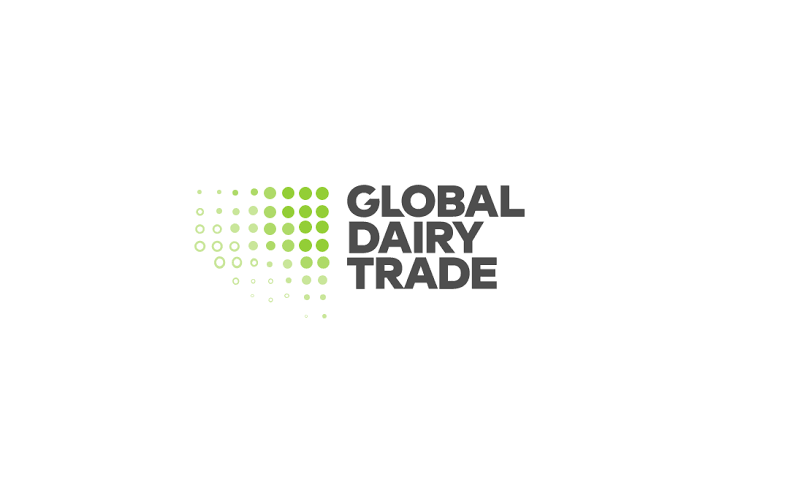Progress in Zimbabwe's Dairy Sector: Import Substitution Drive and Challenges

However, stakeholders are expressing concerns about high compliance costs and the absence of a streamlined process for doing business. Despite the reduction in imports, the industry faces challenges related to compliance processes, with stakeholders advocating for the establishment of a one-stop-shop for licensing and permits to simplify regulatory procedures and reduce costs.
Zimbabwe National Statistics Agency (ZimStats) data reveals a 16% decline in the value of dairy product imports from US$21.6 million to US$18.3 million. This decrease is attributed to government initiatives, including Finance and Investment Promotion Minister Professor Mthuli Ncube's plan to gradually reduce milk powder imports and increase local production. Milk powder imports are set to decrease from 75% in 2023 to 50% in 2024 and 25% by 2025.
Despite the positive developments, concerns persist about the multiplicity of licenses and permits required from various government ministries and authorities. Stakeholders emphasize the need for a centralized, one-stop-shop approach to simplify application processes and improve ease of doing business.
The report also highlights that Zimbabwe has exported dairy products, including milk, cream, yogurt, buttermilk, curdled milk or cream, ice cream, butter, and fresh cheese. The country exported 2,346,843 kilograms of dairy products worth US$3,655,408 during January to September 2023.
In addressing challenges, stakeholders call for collaboration between smallholder and commercial farmers, suppliers, processors, associations, and the government to strengthen the dairy value chain and enhance the sector's competitiveness. Despite challenges, the dairy sector in Zimbabwe has shown growth in milking dairy herds, raw milk production, processing capacity utilization, and milk productivity.











